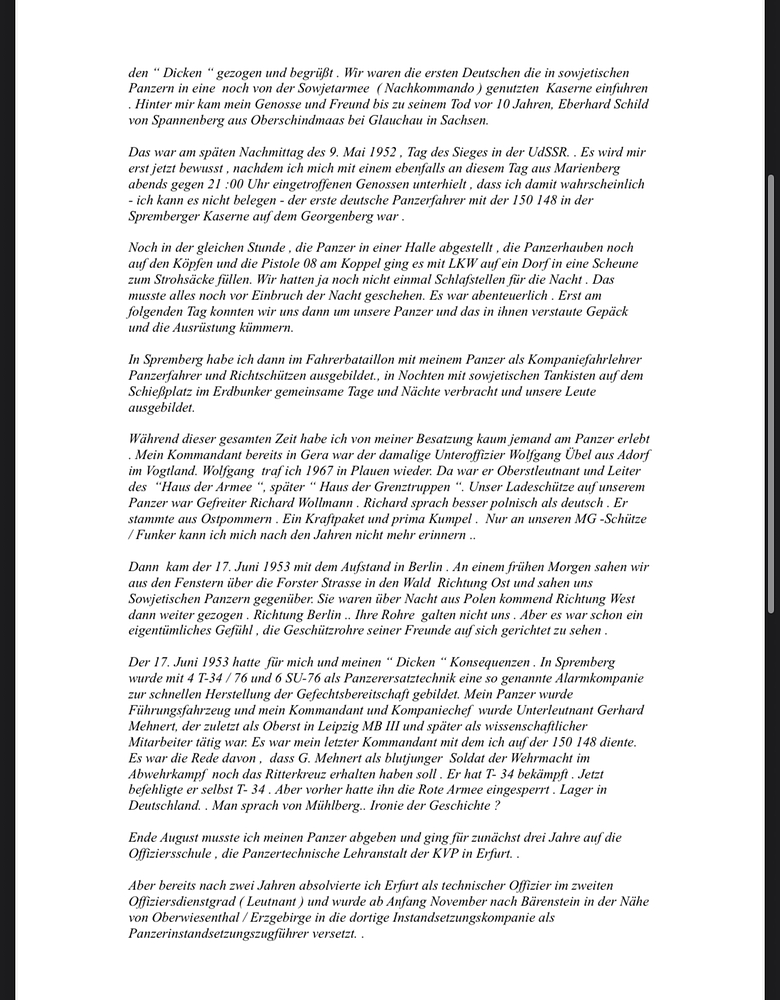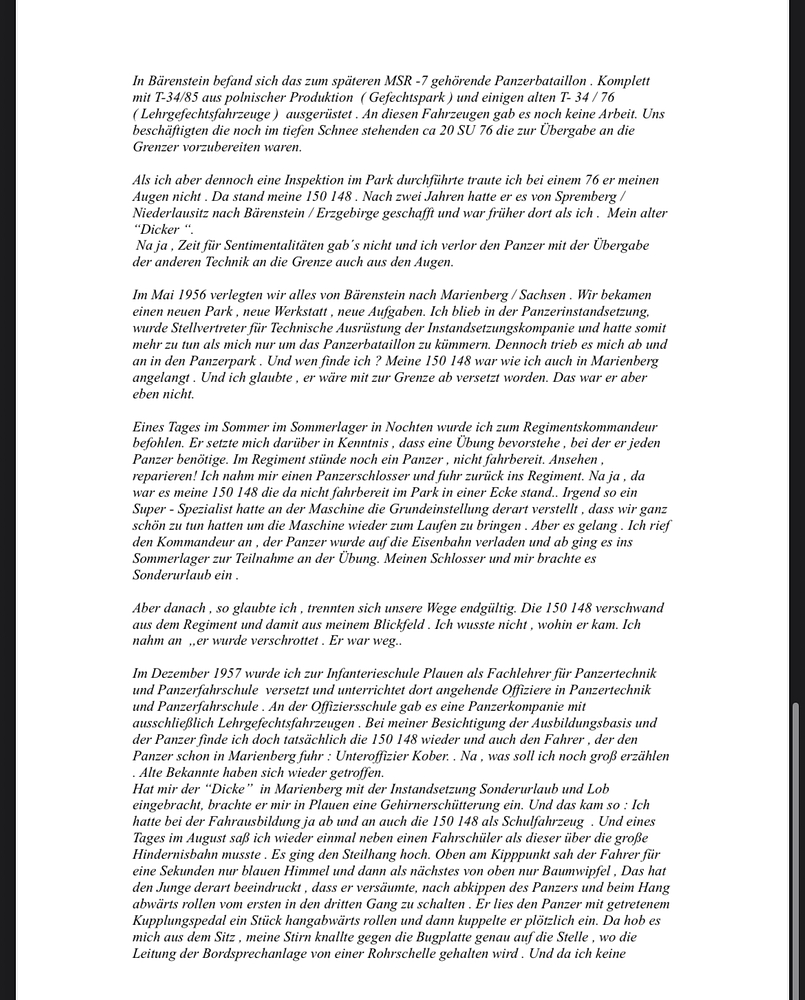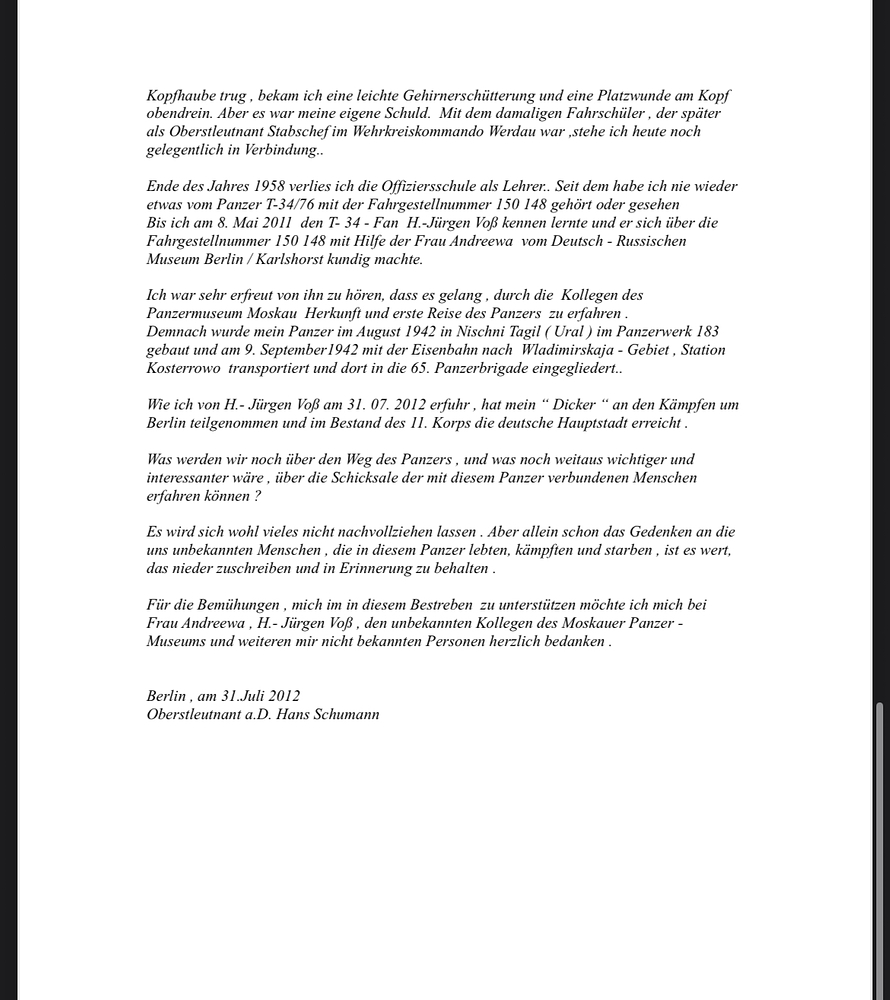One if you place container or two without. That’s all
I hope it’s unfinished.
Better than nothing, worse than spit in the face.
gaijn doesn’t care about Germany; it only wants money, so it offers a bunch of meaningless and ridiculous premiums
I hope there will be an option to mount them on the wing pylons, so we could have 9x Brims, 2x HOSBO and 2x 9Li
considering that its actually a 250kg bomb…
SLE should carry 7 HOSBO, or 6 with TGP
Impossible ask for gaijin
As a side note, the vehicle configuration shown isn’t potentially the final one, Rheinmetall is trying to pitch a new turret that can carry ATGMs and has 25mm Proxy ammo. The ammo:
From a cursory look, I haven’t seen the topic of Germany’s PT-76s brought up that much so I’d like to make another mention of them. East Germany actually fielded multiple variants of the PT-76, two major ones in particular and one potential one, and they can each assist in filling the German light tank gap at different BRs.
East Germany received their first PT-76s in 1956, meaning they were completely unstabilized and featured the old slotted muzzle brake. HEATFS had also only started rolling out for their guns one year earlier so there’s a legitimate argument to be made for this early PT-76 to be added without HEATFS. This vehicle would make for a decent 4.0-4.7 light tank.
In 1964, East Germany would receive their first PT-76Bs. This vehicle would be pretty much identical to the PT-76B already in-game and would be found at 5.3.
The final potential variant is a PT-76 model 1957, which featured a D-56TM gun that was also not stabilized, however, by the time the these were delivered, there’s a higher chance that East Germany would have had access to the HEATFS. The reason that this is a “potential variant” is because it’s impossible to externally identify if a PT-76 has the D-56TM or D-56TS. East Germany received PT-76s all the way through 1967. By 1964, the NVA had 131 PT-76s with no more than 54 of these being PT-76Bs, meaning that there’s a pretty decent chance that the NVA had quite a few 1957 models, especially since there’s only two images of an East German early PT-76 with a slotted muzzle brake. This means that we could argue for an additional PT-76 that could serve as an intermediate between the early PT-76 and the later PT-76B as it should, in theory, have HEATFS but no stabilizer.
I would like some more concrete proof of that last one but I haven’t been able to find anything online. East German PT-76s are very poorly documented in general, probably partly due to poor reputation. All we realistically need is a pre-1964 photo of an East German PT-76 fitted the double-baffle muzzle brake.
A weird vehicle I’d like to see in War Thunder would be the East German SPW-50PK (MRF). It’s a BTR-50PK fitted with two Polish ZB-WŁWD mine-clearing charges.
The WŁWD uses a rocket to pull an explosive line that’s then detonated by the crew to clear a for vehicles/infantry. The explosive line has about 550kg explosive filler per line.
While it’s not a dedicated AT vehicle (or even really a combat vehicle), 550kg of explosives is more than enough to take out most armored cars/light tanks with relatively ease. It may even be able to take out larger vehicles as (afaik) the crew detonates the line manually, meaning you could detonate it under mediums/heavy’s and destroy them that way.
Also afaik, this a another one of the few GDR original vehicle, I can see it playing like a counterpart to the RBT-5 or a low-tier sturmtiger.
photos
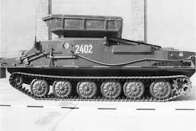
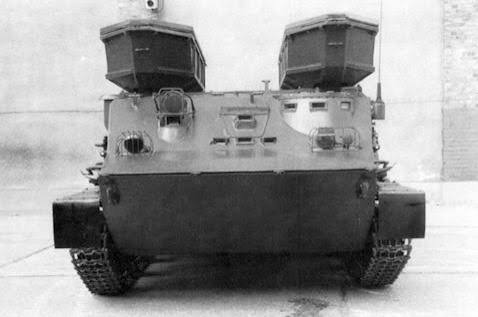

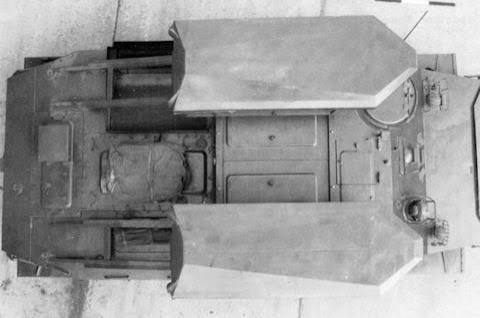
I should’ve also added a photo of what the system looks like as it’s about to be used, the picture comes from the game ‘WarNo’:
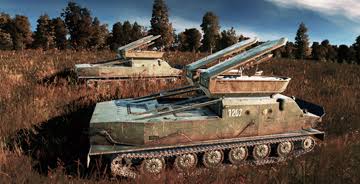
Another interesting vehicle from the GDR could be T-34/76 No.150/148 which has a pretty interesting history. Sadly no known photos of it exist.
translated version of text
As I could not copy the text from the documents, I screenshot them and had ChatGpt translate them. Translation errors may have occurred though it seems correct.
Page 1 – Translation
My Encounters with the T-34/76, Hull Number 150 148
by Lt. Col. (ret.) Hans Schumann, Berlin, 31 July 2012
In the spring of 1952, I volunteered for the Kasernierte Volkspolizei (KVP – the “Barracked People’s Police”), hoping to become a tank driver. At that time, I was 21 years old. After basic training with the infantry regiment in Gera, I was transferred to the new Panzer-Ausbildungseinheit (Tank Training Unit) No. 4, stationed in an old factory compound in Gera-Untermhaus, known to everyone simply as “Türkengraben.”
When we first arrived, we saw no tanks—only a line of canvas-covered shapes under sheds at the far end of the yard. We were told those were the machines we’d soon learn to master. Until then, we drilled, marched, and studied engine mechanics in classrooms, often wondering what sort of monsters waited for us under those tarps.
One morning, finally, the order came: uncover the vehicles. As we pulled the sheets back, the sight struck us silent—rows of T-34/76 tanks and a few SU-76 self-propelled guns. These were the very same machines that had once fought their way to Berlin less than a decade before. Now they stood before us as our training equipment, their steel still bearing scars of war.
For me, it was a strange feeling. I had grown up during the war; as a boy I had feared these Soviet tanks, symbols of a terrifying enemy. And now, only seven years later, I was supposed to climb inside one and call it my own.
Our instructors—mostly former Wehrmacht tank crewmen who had joined the new force—taught us with precision and patience. Despite political slogans everywhere, the daily work was about learning the craft: starting engines, shifting without clutch synchronisation, repairing track links, and keeping the old machines alive.
⸻
Page 2 – Translation
My first assigned tank was T-34/76 number 150 148. She had a welded patch on the left rear fuel tank and several circular scars on the hull—signs of having been hit, probably by armor-piercing rounds. I remember running my hand over those scars; they told a story. Somewhere on the vast front, she had survived what many had not.
Inside, she smelled of oil, rust, and canvas—an odd but strangely comforting mix. The controls were heavy; steering required strength, and the gearbox punished every mistake. Still, I loved that machine. We called her “Dicker” — “the Fat One.”
Driving practice often meant days in the field around Gera or Rudolstadt, mud everywhere and aching muscles by evening. The T-34 was forgiving in terrain but brutal on the driver. We learned to shift by feel, to listen to the engine rather than the instructor’s shouting.
In 1953, I was promoted to driver-instructor and company driver. On 8–9 May 1953, during preparations for the “Day of Liberation,” our unit loaded the tanks onto railcars and travelled to Spreenhagen / Marienberg, where a new base awaited us. The T-34s were lashed down with chains, and we rode in the freight wagons beside them. I still remember the rhythmic clatter of wheels mixed with the metallic creak of the tanks—forty steel giants rolling east again, this time under German crews in Soviet service.
⸻
Page 3 – Translation
Soon after our arrival, unrest broke out in Berlin — the workers’ uprising of 17 June 1953. We watched as Soviet tanks, the same type we drove, rumbled toward the capital to suppress the riots. It was a strange and uneasy sight: our “liberators” turning their guns inward.
We were placed on alert. An emergency tank company was formed from volunteers of our battalion. I was ready, but we were never deployed to combat; the Soviet forces handled everything themselves. Still, the event left a mark. I understood then how powerful and yet how fragile peace could be.
Our commanding officer was Major Gerhard Mehnert, a former Wehrmacht officer who had fought against T-34s during the war. Now he led Germans trained to drive them. He used to say, half-joking, “Better to sit inside one than in front of it.” History had indeed turned upside-down.
In late 1953, I was transferred to Erfurt as a technical officer, later to Bärenstein. There, newer T-34/85 tanks replaced our older 76 mm models. My beloved Dicker — T-34 No. 150 148 — was handed over for storage and disappeared from my life around 1955. I often wondered what became of her.
⸻
Page 4 – Translation
Years passed. I continued serving in various technical and instructional posts and later became a teacher at the officer school. The T-34/76s vanished from our motor pools; the T-55 and eventually the T-72 took their place. But I never forgot my first tank.
In 2011 — almost sixty years later — I was contacted by historian H.-Jürgen Voß, who had been researching the early equipment of the KVP. Through Russian archive files, he had traced the production and combat record of several T-34s once used in East Germany. To my astonishment, among them was No. 150 148 — my Dicker.
The records showed she had been built in August 1942 at Plant No. 183 (Nizhny Tagil, Ural). From there she was shipped west to the 65th Tank Brigade on 9 September 1942. Her trail ran through countless battles—from the steppes near Voronezh to Belgorod, then across Poland, and finally into Germany. By 1945 she belonged to the 11th Tank Corps that took part in the assault on Berlin. Somehow, she survived.
To think that my training tank had once fought all the way to the capital filled me with awe. Machines can outlive empires and ideologies.
⸻
Page 5 – Translation
I owe thanks to those who helped uncover this story—particularly Mrs. Andreewa and Mr. Voß, and the staff of the Moscow Tank Museum, who searched the archives for me.
I sometimes imagine the men who once fought in my tank—perhaps four young Russians, barely older than I was when I first sat behind the controls. Did they survive the war? What did they think, if they could have known that their machine would later serve under a German driver, in a German unit, for peace?
Much will remain unknown. But remembering them, and the bond between man and machine, feels important. History is made not only by victors but also by those who remember.
Whenever I think of my old T-34 No. 150 148, I still feel respect—respect for the craftsmanship, for its endurance, and for all the lives that passed through its steel shell. She was more than a weapon. She was a witness.
– Lt. Col. (ret.) Hans Schumann
Berlin, 31 July 2012
All info came from Here
Please don’t try to put this soviet abomination in a german tree. Have some dignity, I swear…
i definitely am not working on suggestions for 8 more USSR vehicles for the GDR… 😶🌫️
Ugh… Stop?
i promise theyre good…
like… a GDR exclusive…
and a BMP2?
Okay, proceed… Slowly…
Spoiler
Nah, jokes aside the only thing I’m really against is WW1-2 era blender scramble. I just prefer at least some BRs being out of a clusterfunk we’re having at top tier.
as you can see… nothing WWII here
![]()
yes the cut image is intentional
Let me fix that
Clearly you mean the:
Su-27
T-80BVM
T-72B3
BM Oplot
T-55
LOSAT
and
Tor M1
eh… kinda offf…
u got 1.5 out of 8 right
although thanks for reminding me of the Su-27. im now gonna put a fictional GDR camo on the chinese Su-27
Damit that’s more than I tried to get right


